Why do we feel indifferent, when we can celebrate those who passionately engage in their pursuits, rather than those who see them as professional banality? Throwing in all sorts of amateur touches, Kessels’ corpus is like a panorama of peculiar lives, shaped by human stories that twist the normal course of life. Fine work cannot be created unless experimental, quirky, and marginal ideas are taken seriously. Kessels claims that meaning will only be found by digging deep into the absurd. According to the artist, flea markets are giant interspecies fairgrounds, and the world is a place filled with new pleasures and bullshit.
INTERVIEW BY MERVE ARKUNLAR PHOTOGRAPHY BY NOSH NENEH
Making a habit of blowing people’s minds with oddities, as a creative director, Kessels has long had a passionate relationship with his realm of imagery, which is much like an enormous excavation site. The depth of his personal interest in photography is shaped by his numerous identities as an artist, collector, curator, narrator, compiler, and publisher. From the dusty stalls of flea markets to the musty shelves of second-hand bookstores, Kessels leaves no stone unturned in his passion for photography.
WHO GIVES A SHIT ABOUT PERFECTIONISM?: ERIK KESSELS
RÖPORTAJ
What comes to your mind first, when you start working on a project? An idea or an image?
That varies. Mostly, it’s an idea. When you are very lucky, the idea comes to your mind within five minutes. But, if it doesn’t, then you really have to work hard. It can be really frustrating and might take two weeks – you’re struggling with it and with yourself. In general, within the process of making something or coming up with an idea, there’s a lot of insecurity. For 90% of the creative process, you are very vulnerable and only during the last 10% of it do you finish everything and execute it. Then you can be very confident about it. But the whole process should be very unconfident and very experimental, in your head. Sometimes the idea comes with an image: my recent book, Muddy Dance, was inspired by ’50s football photographs. I thought that their dramatic gestures resembled choreography. I took away the balls, and noticed that their dancing was even more exaggerated. It came purely through an image. You always have a certain idea about making things. In my autonomous work, it’s also often about reappropriation and showing existing things in a different way.
Your personal work is largely photographic, so where does your interest in photography come from?
I worked for many years as a designer and art director. In design and advertising, people often use the same pool of photographers and these are really craft photographers that work for the industry. I never really liked their work, because they are master copiers. So I always worked with photographers that came from outside of that world. I worked with American street photographers or with Magnum photographers, or with Martin Parr. The outcome was always very surprising. So, I started to become more and more interested in photographers – I studied the more experimental people out there. Photography is a very perfectionist medium, so you take a picture and it is so concrete and so perfect, because the materials we use and the cameras that we use are [of ] such a high level nowadays. So I became interested in amateur photography and found photography. Nowadays, a lot of the works I do are more installation-based or object-based. It’s about reappropriating an existing object, system, or photograph into something new – changing it’s context. Over the last 20 years, there has been such a rise in the interest in amateur photography, which is interesting. I curated exhibitions that I was very excited about during that period and collaborated with other photographers on projects. Many festivals happened – they are a very good place for experimentation. Unlike museums, they’re very open, there can be works that people hate, [next to] works that people love. It’s more extreme, in that sense.
What do you do, when you feel uninspired within all the disciplines that you’re involved with?
I’m very much into looking at other people’s stuff and photographs. That’s kind of obvious, but for me it’s also very interesting to go to flea markets and second-hand shops. What I like is the traces that I find of people and their stories. Just going for a walk around the market, maybe at 6 a.m., under torchlight, to look at all the stuff. Some of the market traders jumble objects together randomly – it’s totally unlike the highly-regulated categories that you find in most shops. Creativity and ideas explode there, because you encounter so many unexpected things. Nowadays there’s less and less of this, because things aren’t quite perfect, but you need to look for these disruptions in everyday life. This is also why we have museums, so that you can shake things up and see something that you never expected to. But you can also do that in many other ways: it’s also about looking at new stories, finding them in unexpected places, that really triggers this.





